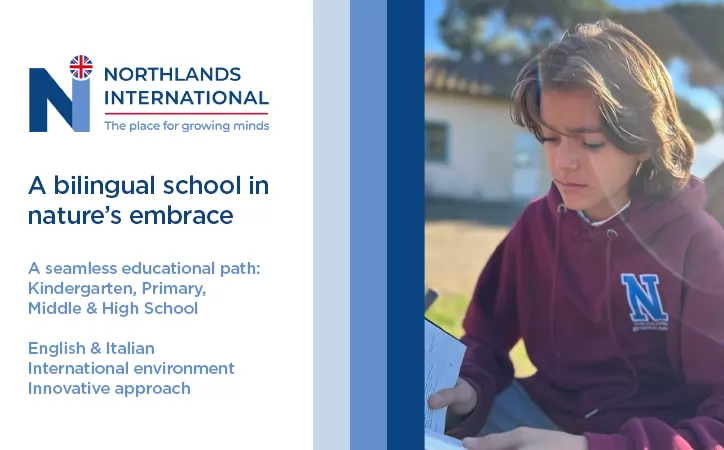The swans of Lake Bracciano
It was a lovely boating afternoon on Lake Bracciano on 26 July, 1956. Xavier Leutenegger (the Swiss director of personnel at the United Nations Food and Agriculture Organization at the time), his wife Hildegard, who was eight months pregnant, and two companions were sailing along the western shore.
A brusque movement made by one of the inexperienced boaters capsized the boat. The four clung to the overturned hull for seven hours, with no help in sight. They were slowly carried by the lakes current all the way across to the Anguillara shore.
In the 1950s and 1960s, Anguillara was an isolated village of poor fishermen and labourers still practically unknown to tourists and Romans. The shipwrecked Leuteneggers and companions were spotted by two fishermen and helped ashore, immediately taken to their modest home and put to bed, revived with coffee and grappa, while others ran to call the town doctor. The fishermens family gave them their beds for the night and doubled up in houses nearby. By that time the entire village knew about i naufraghi, the shipwrecked.
The Leuteneggers fell in love with Anguillara, its generous people and its extraordinary beauty. As a gesture of gratitude, they decided to import a pair of swans from Lake Constance to donate to the village. The swans were prepared for the expedition, their wings properly clipped so they couldnt fly away, and they were delivered by train from Switzerland. But when the stupendous birds were presented, the local fishermen and the villagers were diffident. They had never seen swans, such large, exotic birds, and were sure that they would decimate the fish in the lake. No one would believe that swans were strict vegetarians. And then there were the hunters, who were eyeing the pair.
While the swans were building a nest, they were shot. Everyone in the village was tight-lipped. Rumour had it that the dead swans were taken to a local trattoria to be cooked, but the ignoble assassins made the unpleasant discovery that swan meat isnt very good to eat.
Two years later the town mayor, Anna Jacometti, convinced the Leuteneggers who in the meantime had built a house near the town that the villagers were now more sophisticated and had changed their attitude, accepting that the noble and innocuous swan would greatly embellish the shores of Lake Bracciano. They imported six fledglings, which had not yet changed their grey plumage for the candid white of adult birds. The mayor organised an inauguration, a special house was constructed on the beach to house the swans, and signs warning Attenti ai cigni were posted along the shore.
Again the innocent creatures lasted only a short time. Three were killed, and the other three, terrified by the fate of their companions, took flight and never returned.
Many years later, the Paricianis, owners of a furniture store in Anguillara, convinced some of their friends who shared a love for animals that domestic water birds would be beautiful on the lake. They took up a collection, and travelled to a noted bird nursery in Tuscany and purchased mallards, mandarin ducks and Canada geese. They organised daily feeding, making rounds to the local trattorie for stale bread. They built nesting houses and even an incubator. Every evening at feeding time the birds would assemble at one corner of the beach. The initiative became very popular with many of the locals and their children. Sofia the sausage lady began selling bags of corn from her stand on the lakes edge for visitors to feed the birds.
This encouraged the Paricianis and their friends to purchase a pair of black swans. But a war began, Franco Pariciani said. One faction was all for these water birds, popular with the children and entertainment for tourists. But there was also an enemy faction. Eggs were robbed. The ducks and geese disappeared. People complained that they polluted the water and the corner of beach where they settled. We replied that it wasnt the birds that were filthy, it was the Romans and locals who were filthy, littering the beach with their garbage. And with not a single public toilet for the hundreds of Sunday bathers, was it the ducks or the humans who were polluting the water? It was a difficult battle. The black swans were killed in no time.
But the group wouldnt give in. They knocked on the door of Susanna Agnelli at her villa at the Fonti di Clitunno, near Spoleto in Umbria. She was moved by the story of their wish to populate Lake Bracciano with swans, and gave them a gift of a splendid pair. These were also killed, one with an arrow in its neck, the other with a bullet.
The final attempt came in 1985, when the Pariciani family enlisted Hildegard Leuteneggers assistance in obtaining more swans, this time from Lake Lucerne. The two Pariciani daughters and their respective husbands drove all the way in a station wagon, picked up three pairs and drove back the same day. I was in the back seat, Sonia Patriciani said, and I kept getting my back and neck pecked.
These three pairs of Swiss swans survived despite all the difficulties. They are the forefathers of those that now grace the shores of Lake Bracciano, around 100 at the last census.
Occasionally Im called by people who know me as a swan lover, says Franco Pariciani, to report that a swan is in difficulty somewhere around the lake. I go in search, and take the veterinary with me.
It was a battle, but we made it, he says.
This article was first published, in Italian, in La Voce del Lago in April 2003.
Picture: The battle for the acceptance of swans at Lake Bracciano lasted nearly 30 years. Photo by G. Mercuri.





















